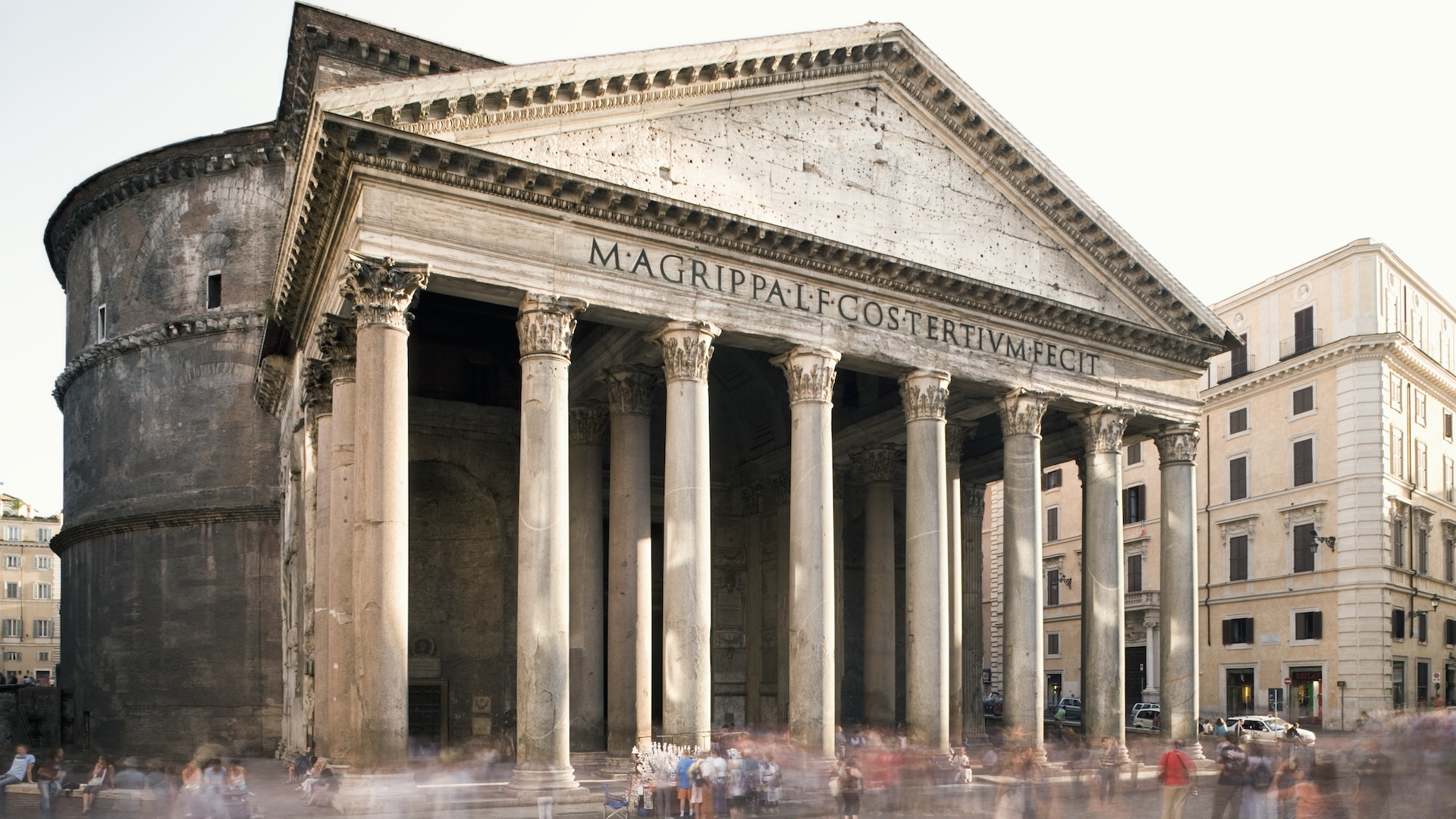When you buy through links on our land site , we may pull in an affiliate commission . Here ’s how it works .
scientist have derive a fresh glue from a natural adhesive agent made by rock ‘n’ roll - clinging mollusks . It could offer an environmentally friendly choice to current forest - binding materials .
Kaichang Li from Oregon State University became interested in the idea during a trip-up to the beach .

Zebra mussel (Dreissena polymorpha).
" I was amazed at the power of these small mollusks to attach themselves so strongly to rocks , " Li said . " call back about it , I did n’t know of any other eccentric of adhesive material that could work this well in water and withstand so much force . "
mussel endure battering waves and can hitch drive on the hull of ships , becoming an incursive threat to local ecologies .
This is not the first time researchers have been attracted to the gummy power of mussels . But Li has made a real and potentially commercial glue from his research . The secret to the mussel ' staying superpower is tiny threads , promise byssus . These tentacle , which can reach more than two inches in length , are made of a protein with a mellow level of hooey called phenolic hydroxyl .

" It is very hard to get mussel to produce a lot of this protein , " Li toldLiveScience . " But I am a bio - pill roller and I fuck that protein is protein . "
Li ’s inquiry group was able to mime the mussel ’s unique protein by append speck with phenolic hydroxyl groups to soybean flour - an abundant and inexpensive source of protein . The derivative is renewable and may thin out the penury for urea - formaldehyde Sir Henry Joseph Wood adhesives , which are associate with health concerns and are based on expensive fossil oil .
Possible program for the mussel - inhale mucilage are wood composite products like plywood , oriented strand board , molecule board , and laminate veneer timber products . Li ’s group has three patent of invention pending .

" The plyboard we make with this adhesive material can be boil for several hours and the adhesive holds as strong as ever , " Li said . " veritable plyboard attach with urea - formaldehyde resins could never do that . "
Interestingly , there is a long history of spinning the mussels ' byssus into fine threads for make cloth . The fabled Golden Fleece from the story of Jason and the Argonauts is believe to have been woven from byssus .
















